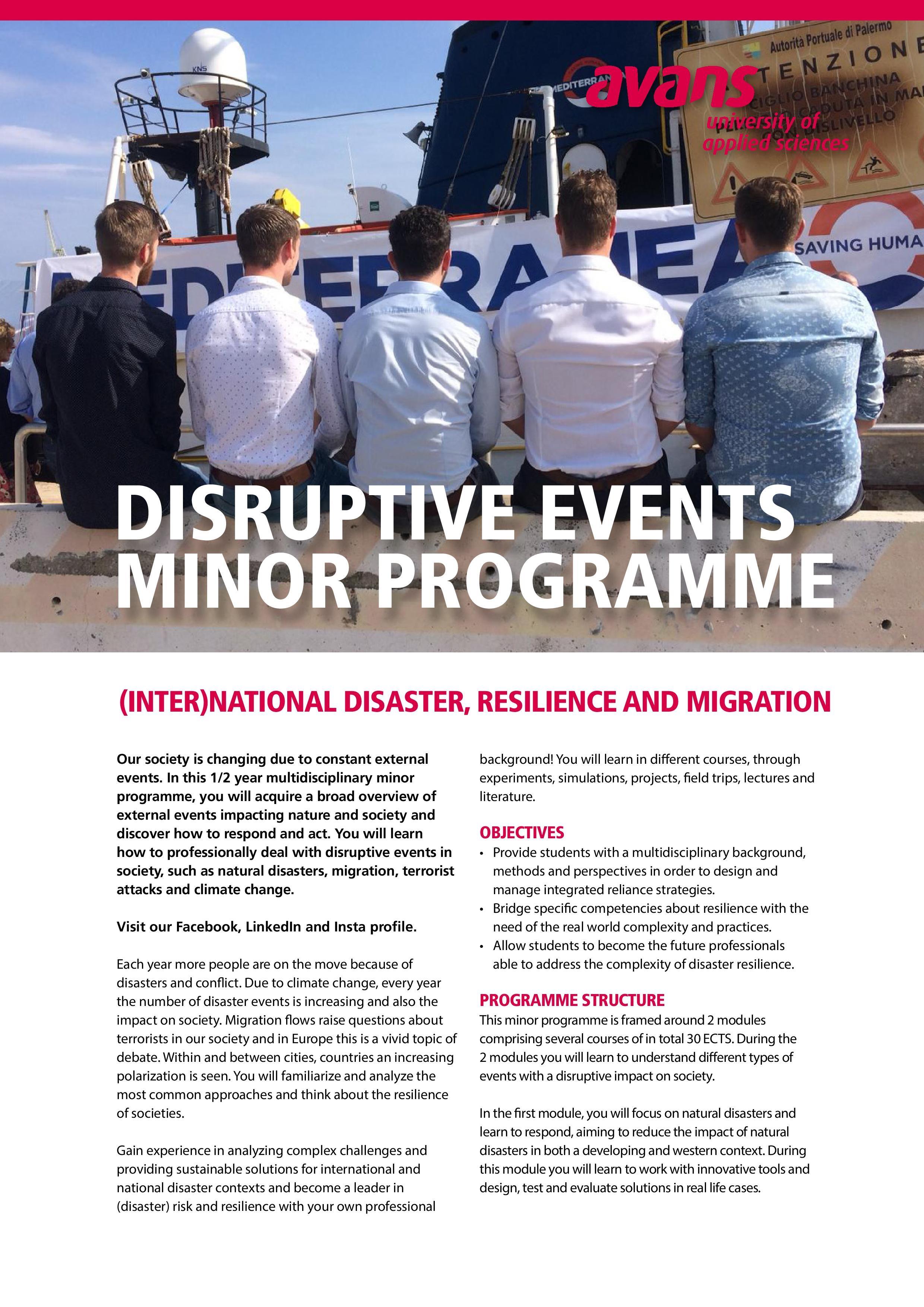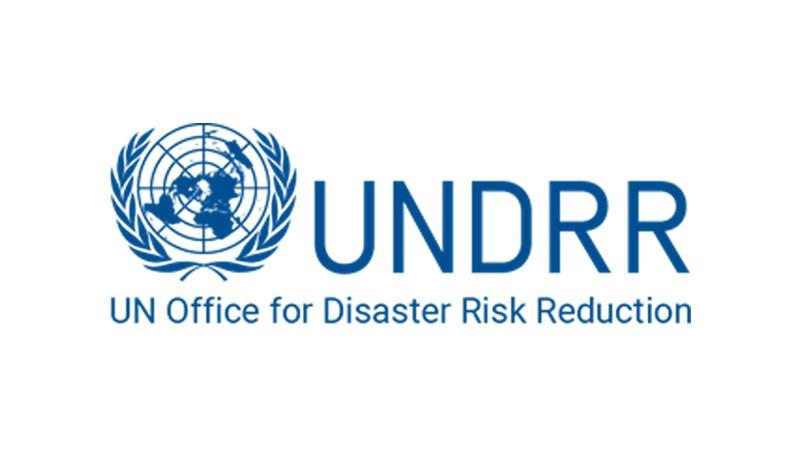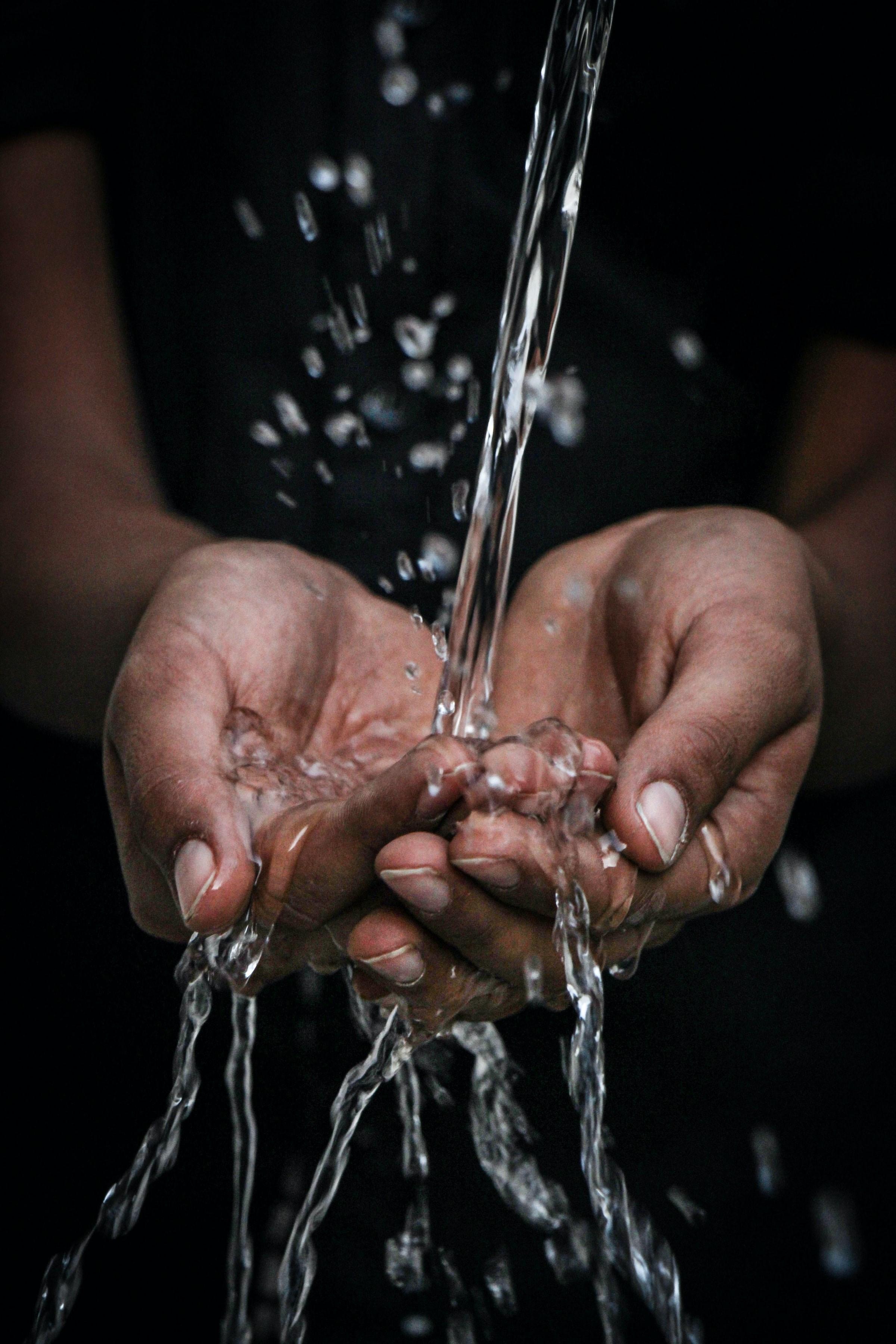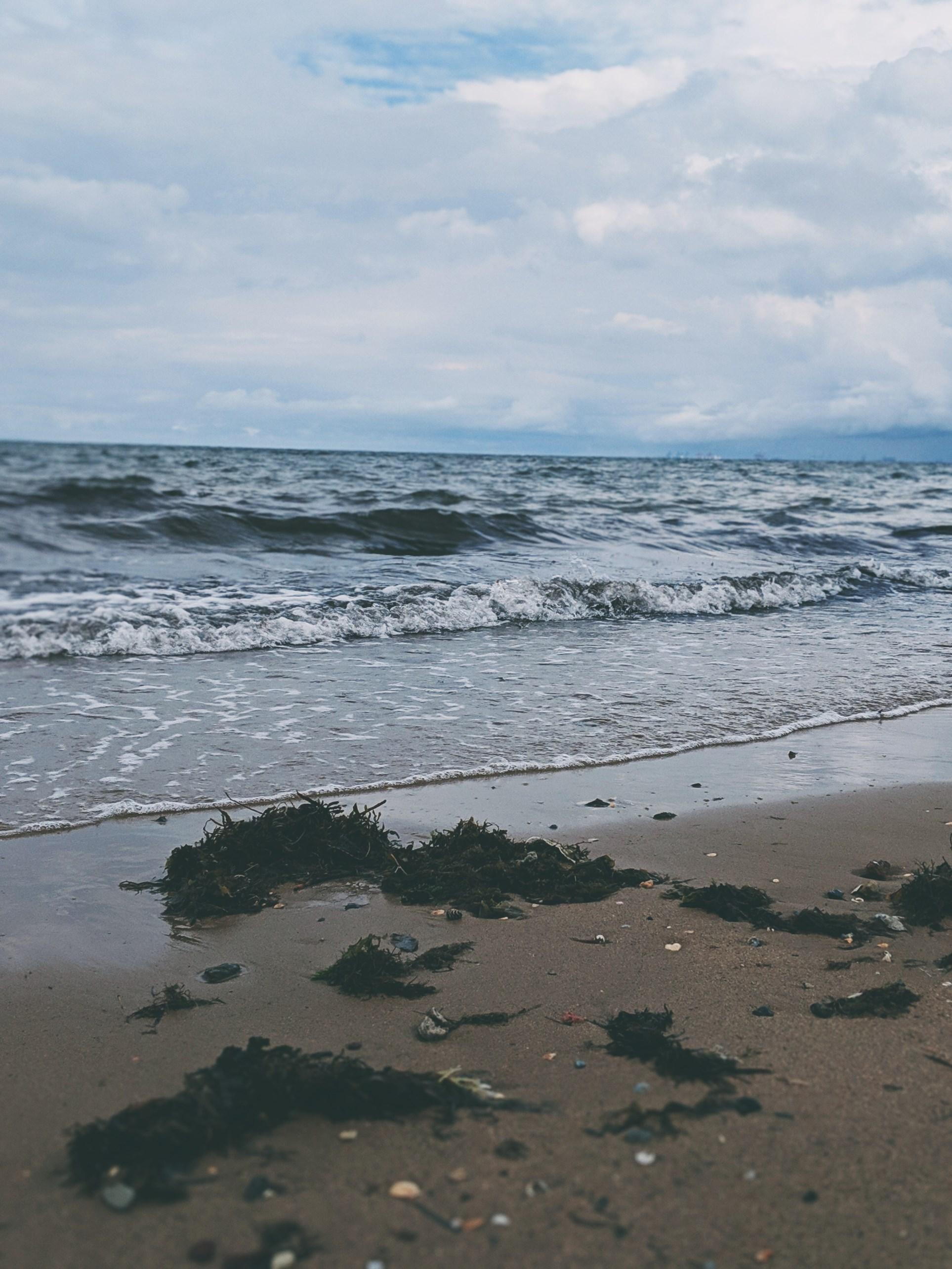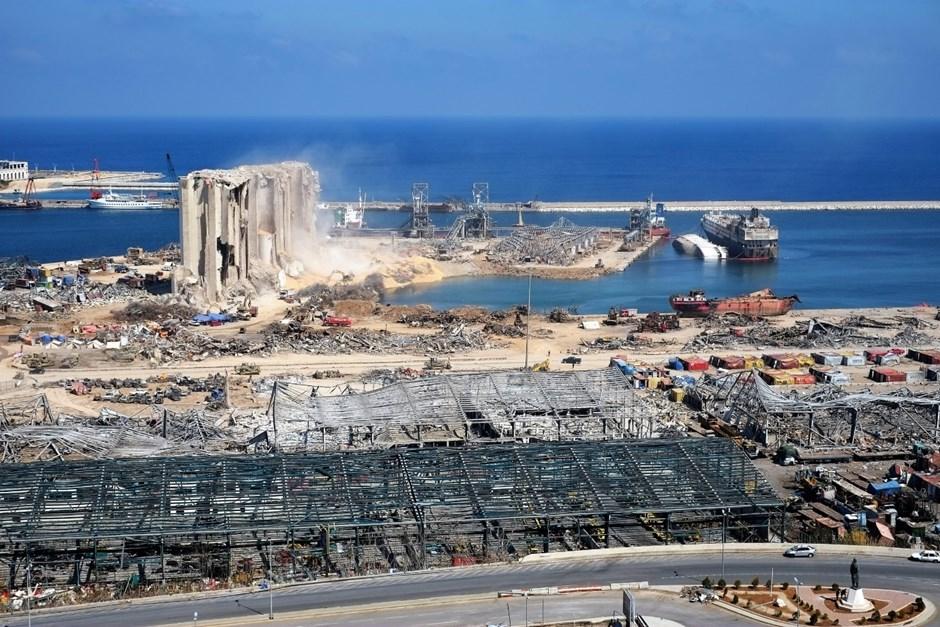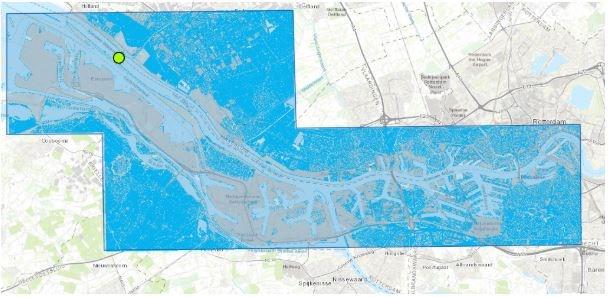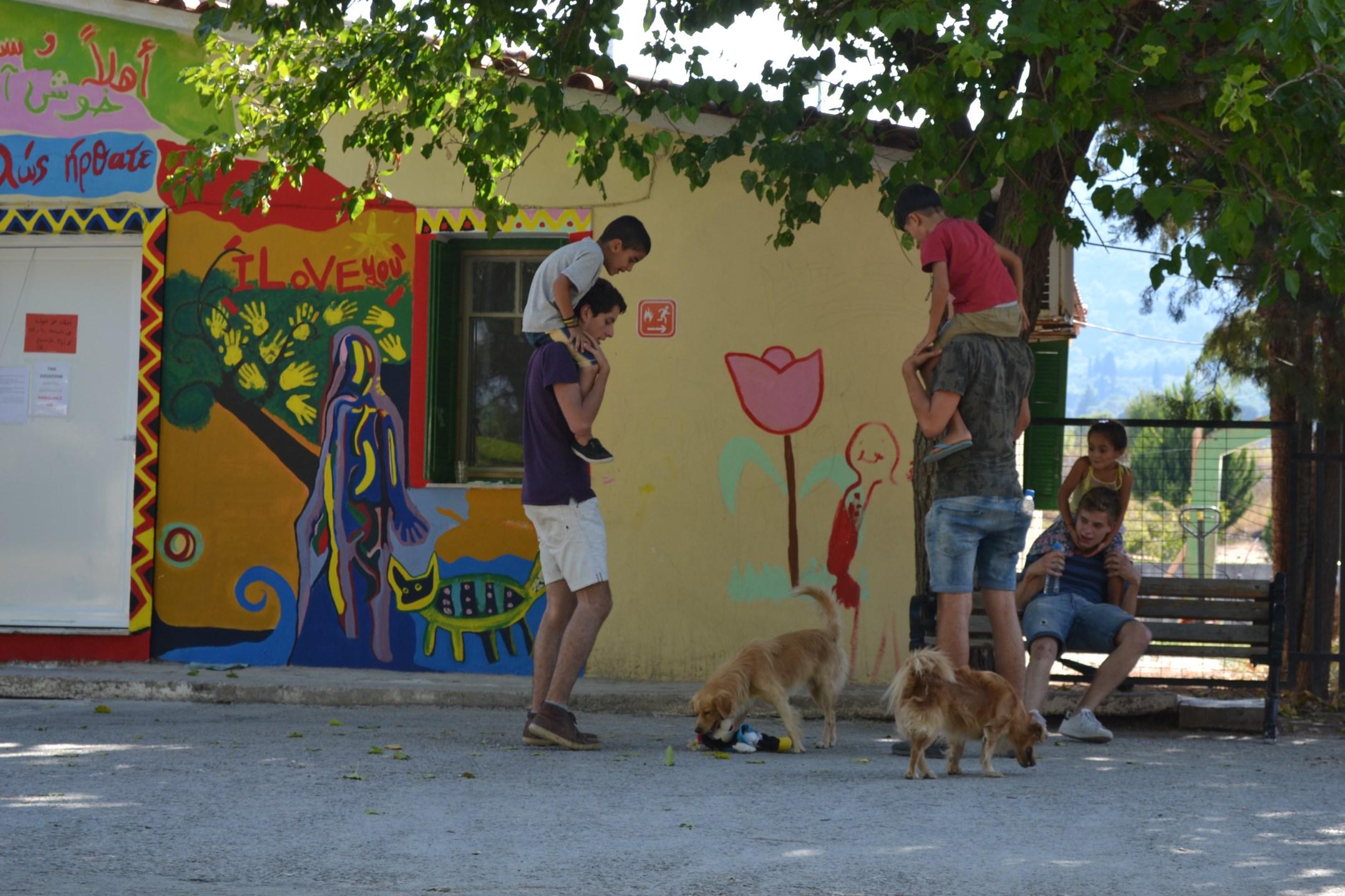
3 minute read
Serious Game: disaster in my backyard
Serious Game:
Disaster in my
Advertisement
backyard
One of the few offline events during the minor
The serious game is an experiment executed as a game in which the scenario of a natural disaster is sketched. The game was conducted in Breepark Breda. Different teams of 3/ 4 people were made and represented a rescue team. The goal of the game is to rescue as many victims as possible within the building. Each victim needs some form of medical attention and might need bandages, food, water, warm clothing etc. To prevent traumatic experiences for the people playing the game, the victims were QR codes with

names. In addition, points can be obtained for each victim saved. Information about the event which took place is provided after a victim is saved. Each team represented a rescue team from a country and were equipped with two walkie talkies for communication and a smart phone used to safe the victims. In the introduction of the game, each team had different code words to use to communicate with each other via the walkie talkie, despite the walkie talkies were on different channels per team. Each country had a base set up around the communication centre which had limited resources of medical aid. At the start of the game, each team was assigned to save a few victims which included their necessity for medical aid and a description of where the victim can be found. The medical aid is obtained by the communication centre and is allowed to
this information with them and share it along the
search and rescue
teams. These medical aids were labelled with QR codes to make sure the product
cannot be used unlimited. For example, one container with bandages contain 3 bandages. If victim “X” needed 2 bandages the container could have only 1 bandage remaining. If victim “Y” also needed two bandages, a second resource was needed to save victim “Y”. When the victim was found, it was saved by scanning the QR code. This code would tell which medical aid was needed. After scanning the correct medical aid, the victim was saved and could be
brought to the “field hospital” at the communication centre. The victims were at the site of Breepark. Therefore, they could have been outside or on one of the three floors. But no victims were in closed offices or rooms. At the end of the game, the organisers of the serious game, asked each team what happened.
Spoiler
While the number of victims goes up, the availability of resources becomes scares. Therefore, each country should share their resources to rescue the most amount
victims. The goal of the experiment was to determine which team could earn the most points. The teams can earn points if they save a victim. The distribution of points is irrelevant for rescuing people, but the experiment was used to find out if the points distribution would cause teams to work faster or maybe hide victims they are not assigned to rescue. During the game, medical resources were shared but sometimes a full container was traded for an empty water source. At the end of the game more collaboration took place to find the victims. Teams started to ask each other if they already found person “X” and started to help each other. The people who remained at base were supposed to do the administration and make sure their rescue team had several people to rescue. Since the communication centre did not know which victim was saved, the administration teams should have made an overview to notify which victim was saved and where victims, which a specific team was not assigned to safe, were found. This overview should also contain which medical aid the found victims needed. This would have helped

the other rescue teams to find more victims and improve the collaboration between the teams. In addition, the administration should have disposed the empty medical resources and make sure all the rescue teams were communicating within the same channel to help each other. Since the goal of rescue teams is to safe victims, instead of scoring points, collaboration was of upmost importance.


